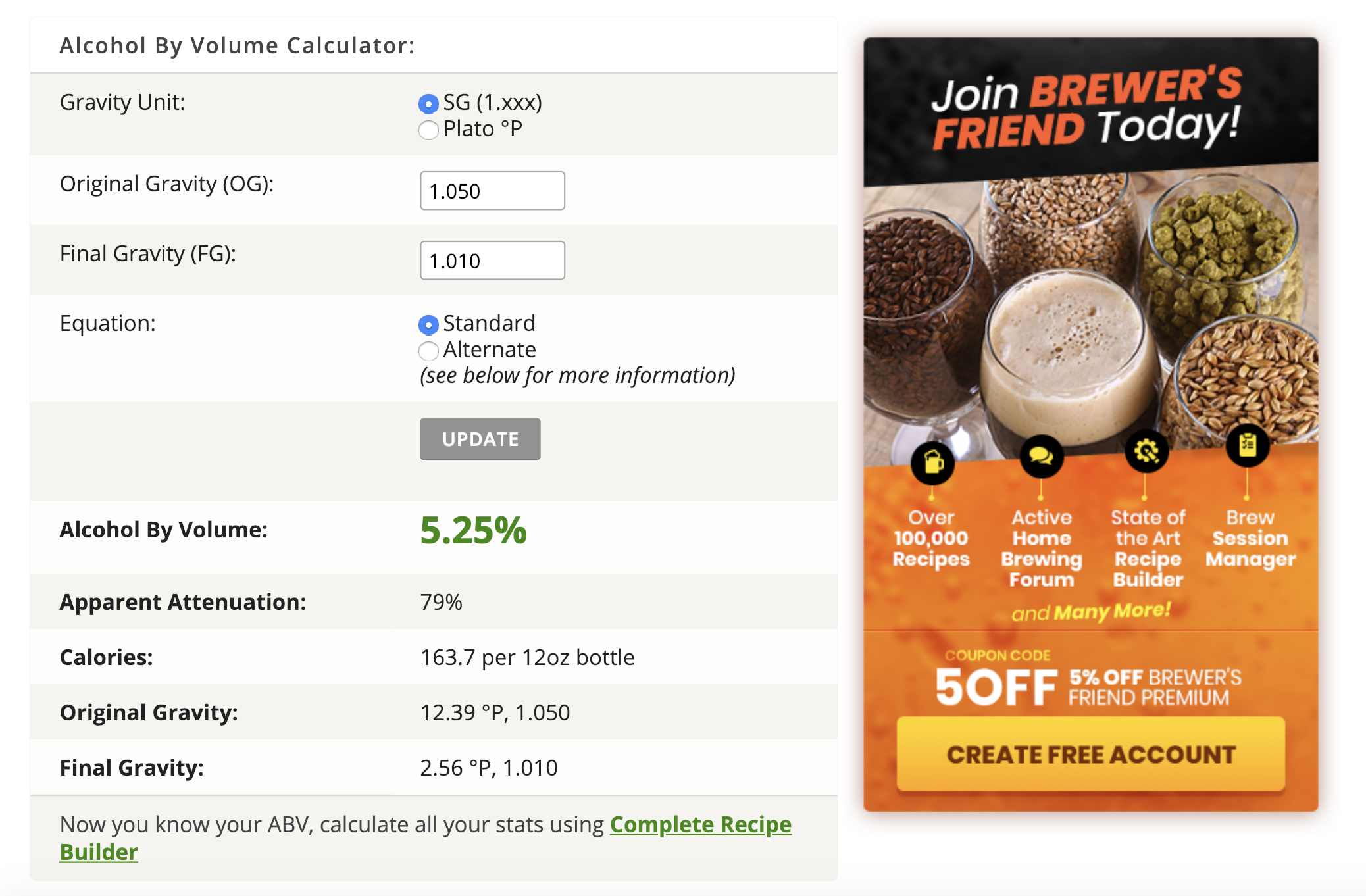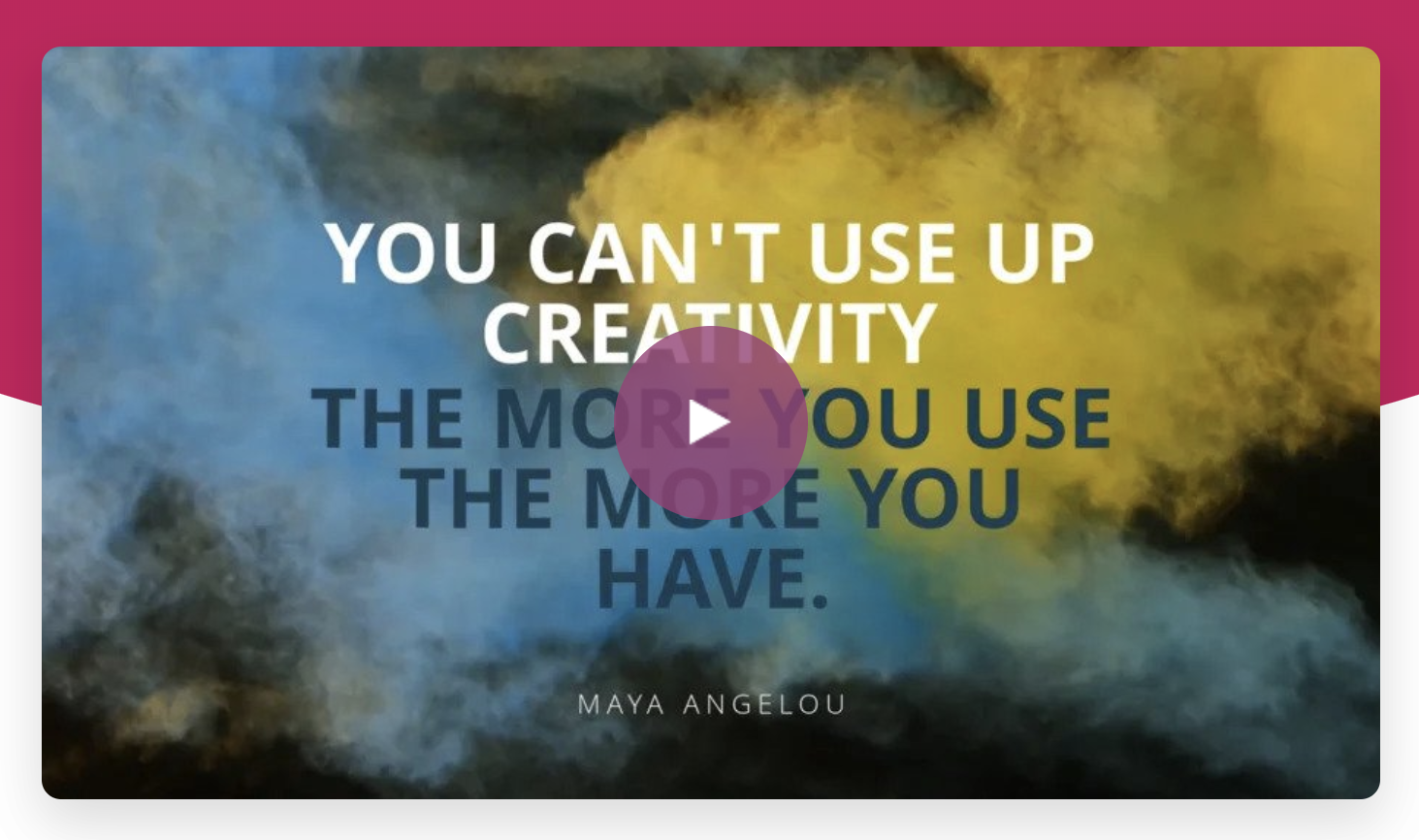
Link building is essential to any digital marketing campaign. It helps drive more visitors to your website and strongly impacts where you rank on search engine results pages (SERPs). Google and other search engines assess a website’s quality, value, and authority by the number of inbound links. from reputable and authoritative sources. The more links from high-quality websites to your site, the more likely your site will rank well on SERPs.
To attract links to your website, you need to offer something worthy of a link. A linkable asset is an exceptional piece of content crafted with the intention of attracting other domains to link to it. A linkable asset needs to provide value (education, entertainment, news, etc.) to a specific audience in order for other site owners to encourage their audience to view your asset.
Linkable assets are your most important tools to convince authority and influencer websites in your niche market to link back to your site naturally, which helps in search engine rankings. These pieces of content traditionally share the following characteristics: non-promotional, useful, and in-depth. Linkable assets should be “evergreen” content, which remains relevant long past its publication. Evergreen content generally has no expiration date, retains its value long-term, and is more than just an SEO trend. Examples of evergreen content include lists, product reviews, tutorials, and tips. In addition, linkable assets are almost never product pages or commercial content.
To drive more backlinks to your website, you need to identify linkable assets on your site; this article will cover the most effective link building tactics and strategies to help you identify content you can leverage to earn more backlinks. If you don’t have many linkable assets, this article will also discuss alternative strategies you can employ.
Where to Find Existing Linkable Assets
You may not need to start from scratch. Your website may already contain linkable assets you can leverage to secure backlinks. To start your content audit, review your blog and other resources to identify the best information on the site. Most likely the content you think is the most informative is what your visitors will also find useful. Review content that previously attracted visitors but hasn’t gotten much traffic recently. What pages attract the most links and high traffic? Who links to those pages? Why do they link to those pages?
If you’ve looked through your entire site and are struggling to find a piece of content you think will impact your visitors, try revamping the content to make it more useful and linkable.
- Revise or craft posts answering the most frequent customer questions, “Who, What, Where, When and Why?”
- Increase the length of the posts or articles: If your post was 50 Blog Post Ideas, change it to 100 Blog Post Ideas.
- Use a video maker to create video remakes of all your content, update your blogs with the videos. Live video is also very engaging and produces a high ROI. Use Facebook Live to bring your content to your audience.
- Provide users with great information about your industry by creating a resource center. Review your content and find the most valuable pieces of content and pull together into a resource center.
- To put your blogs and other content in front of your audience, boosting posts on Facebook is a cheap and effective method. With Facebook ad targeting, you can create custom audiences matching your buyer-type. By boosting posts, your content appears in your audience’s newsfeed.
- Make your page visually appealing by:
- Shorten paragraphs (2-3 lines each)
- Use bullet points and numbered lists
- Pictures or other visuals
- Use a simple and easily-readable color scheme
- Make sure the page is mobile-responsive and easy to read on various devices.
Think About Creating New Content
When identifying the type of content to attract backlinks, consider the three main types of linkable
assets:
- Educational — Teaches your audience a concept
- Informational — Shares news and information with your audience.
- Entertaining — Entertains or amuses your audience.
You should also conduct research on specific topics important to your target market. To conduct research on your audience and competitors, you can use keyword and SEO tools such as SEMrush, Keywords Everywhere and Google Trends.
- Audience Research — Identify the questions your target audience frequently asks or problems they encounter. Find out where your audience is online (Facebook, Twitter, message boards, etc.) and see the types of questions they’re asking. Write answers to their questions or solutions to their problems.
- Competitive Analysis —Assess the linkable assets your competitors are creating and then create better more authoritative content.
Research topics that have a high search volume but NOT a lot of existing information.
Types of Linkable Assets
Linkable assets have a much higher ROI on your promotion efforts because they’re created with attracting backlinks in mind. When deciding on the types of linkable assets to create, consider the four main reasons people choose to link to content:
- Provides solution for a specific problem
- Offers a unique perspective oa n topic
- Reinforces their idea or opinion
- Captures the attention of their audience
The following assets, when pitched, are typically successful for acquiring links:
- Studies and Research – Industry studies, original research pieces, and even custom reports are very popular and attract a large number of links in some industries. With studies and research, you can effectively position your business as subject matter experts in your target industry. Ahrefs did an in-depth study on how long it takes to rank on Google that people found extremely useful and interesting causing them to link to the study for its information.

- Infographics – An infographic (information graphic) represents information in a graphic format to easily understand the data at a glance. Creating infographics is sometimes referred to as data visualization. Infographics are a great way to visually share information and other website owners are open to posting infographics on their site if they believe it’s valuable for its audience. TransUnion’s ShareAble for Hires has a great example of an infographic about creating a screening policy. It is tethered toward professionals needing clear, concise, and easy to digest information regarding their hiring process.

- Free Tools and Calculators – Custom tools and calculators attract more links naturally than other types of content because they are incredibly useful for the user. Your tool should solve an important need but should also be unique and not available anywhere else on the web but your site. Think about your target keywords and the associated problems those searchers are trying to solve. Brewer’s Friend created an ABV calculator that many people would be willing to link to due to its interesting and fun nature.

- Videos – Video content is a great linkable asset because it engages an audience visually while sharing large amounts of information quickly. Video linkable assets can be a tutorial, recorded webinar, product review, how-to, demonstration or explanation. Videos are incredibly useful assets that people love to link to and share. In order to attract links, you’ll want to host the video on your own site, as opposed to YouTube. Having a weekly video series of skill-boosting and informative tips can be awesome. Besides, creating and marketing videos is much easier nowadays than it was in the past.

- Awards and Rankings – You should have some authority and credibility in your niche for awards and rankings to work. Those you select will be flattered by the recognition and will want to link to their ranking. Forbes has a massive list of billionaires ranked by net worth that is updated regularly and continuously draws in links.

What to Do with Your Newly-identified Assets
Once you’ve created the content, you need to ensure people see it. Here are some tactics to help attract backlinks.
Tactic #1: Guest blogging
Contribute guest blog post to a blog relevant to your audience. Many blogs offer guidelines for other writers to submit their own posts and make a small mention of their own blog for backlinking. Embed and incorporate videos when submitting guest blogs – this will make your guest posts look more comprehensive.
Tactic #2: Make it easy to link to you
If you want people to link to you, make it easy for them. Create HTML-ready snippets for people to plug into their content. “Create a Link to Us” page or generate the HTML snippet at the end of each article or post.
Tactic #3: Push content on social media
To increase awareness, launch a social media campaign. With more people discovering the content, the more it can translate to possible editorial link opportunities and acquisitions. You can start with a promoted posts or paid advertising on appropriate social media channels.
Tactic #4: Conduct email outreach
Email outreach is one of the most effective ways to build links. Make a list of known linkers, social sharers, or bloggers in your industry and contact them with links to your site. To find contacts review websites in your chosen topic or niche, a website with links to similar contact or an influencer who would be interested in your topic. You can easily identify these people by tracking your competitors’ social and link data, particularly from your competitors’ strong content.
Tactic #5: Build links through community discussions
Search for questions about your topic on relevant forums and Q&A sites such as Quora. Link to your website when contributing to the discussions. Make sure to actually engage and be helpful — do NOT include a link to your content with every answer if you don’t want to risk getting banned. Keep in mind, most links of this nature aren’t followed, so you won’t get a lot of “link juice,” but traffic from one of your answers can help you bring in unlimited traffic.
Tactic #6: Research your competitors
Competitor research is one of the first places you should look to find new link opportunities. Review their links to find the best opportunities. Then, try to come up with a better way to get a better link. Once you get the hang of things, start looking into “Broken Link Building.”
Wrapping up
While linkable assets may come in various formats, one thing they have in common is worthwhile content. The content you offer must provide value or be useful to your target market. Linkable assets are crucial to securing relevant links. You may already have forgotten assets on your site which can be refreshed and used to attract links. So, start sharing your most helpful information by way of content today.

Comments: